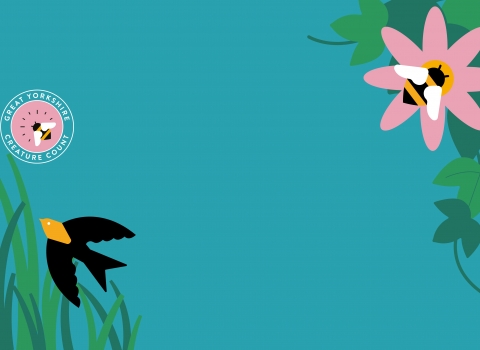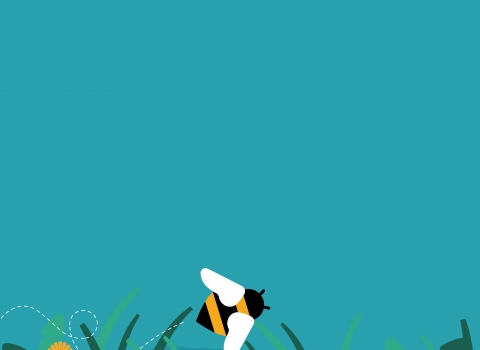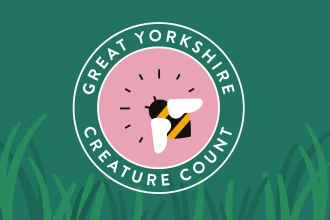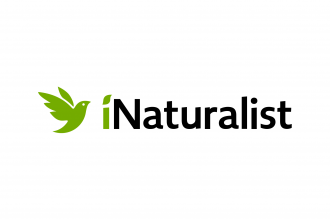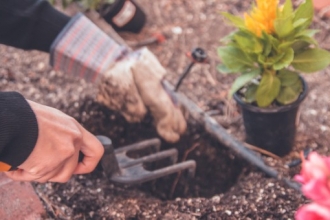A fuzzy little body with yellow and black stripes...
The garden bumblebee is a beautiful and welcome resident of our wild spaces!
These tireless pollinators are crucial to the lives of many others; they pollinate the flowers, trees and grasses that other wildlife rely on, as well as our food too.
Close your eyes and imagine a bumblebee. You can’t picture them without a fantastic flower to buzz around and neither can they...
Will you record one during the Great Yorkshire Creature Count?
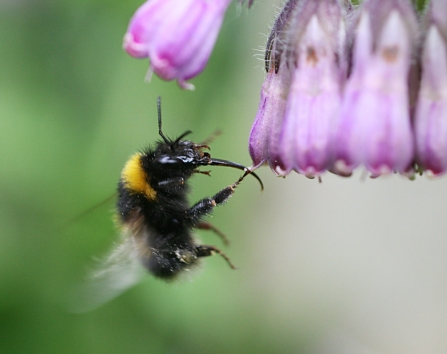
Did you know?
- They are key pollinators of both fruits, vegetables and wildflowers, including over three-quarters of UK wildflower species!
- They are vital to the UK economy – it would cost UK farmers £1.8 billion to hand-pollinate crops in the absence of bees!
- Garden bumblebees are black with three yellow bands and a white tail
Attracting bumblebees to your wild patch
Encourage bumblebees into your wild space during and after the Great Yorkshire Creature Count with the following top tips!
1) Flowers, flowers, flowers!
You can attract bees with any sort of wild space, be that window box, yard or garden! Simply plant a range of bee-friendly flowers - it's best to plant a range of different flower shapes to suit all shapes and sizes of bee. If you've not got much space, consider climbing plants like honeysuckle up a wall - or turn part of a lawn into a wildflower meadow!
2) Food and drink throughout the year
Bees need nectar to feed on from early spring right through to the autumn. Make sure early and late bees don't suffer with plants that flower early and late in the year, as well as during the spring and summer months! We often forget that bees need water too, so leaving out a container or bird bath is useful.
3) Avoid pesticides
Rely on natural predators like hedgehogs and ladybirds to keep pests at bay! Bees will help to pollinate any fruit or veg you're trying to grow, so make their welcome as delicious as possible!
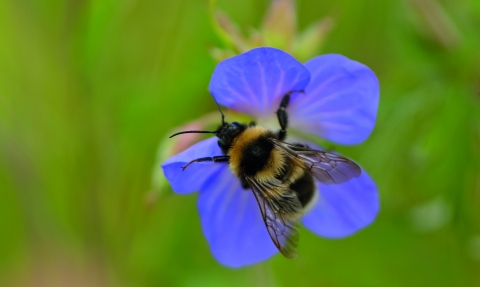
Fuzz and buzz...
Commuting from the blossom of a wild cherry to the bells of a foxglove these little insects are hard working heroes. But bumblebees and their essential role in our ecosystem is at risk of being lost.
Pollinating insects, including bees, are suffering in the UK.
Over the last 60 years, farming has intensified and the use of pesticides and fertilisers has soared. Our country hedgerows have vanished, 97% of our wild flower meadows have disappeared since the 1930s and gardens have become more and more manicured.
For bees, this is disastrous. They rely on varied and abundant nectar rich plants, which are becoming ever more scarce.
In the 20th century, two UK bee species became extinct and eight others are currently extremely threatened.

